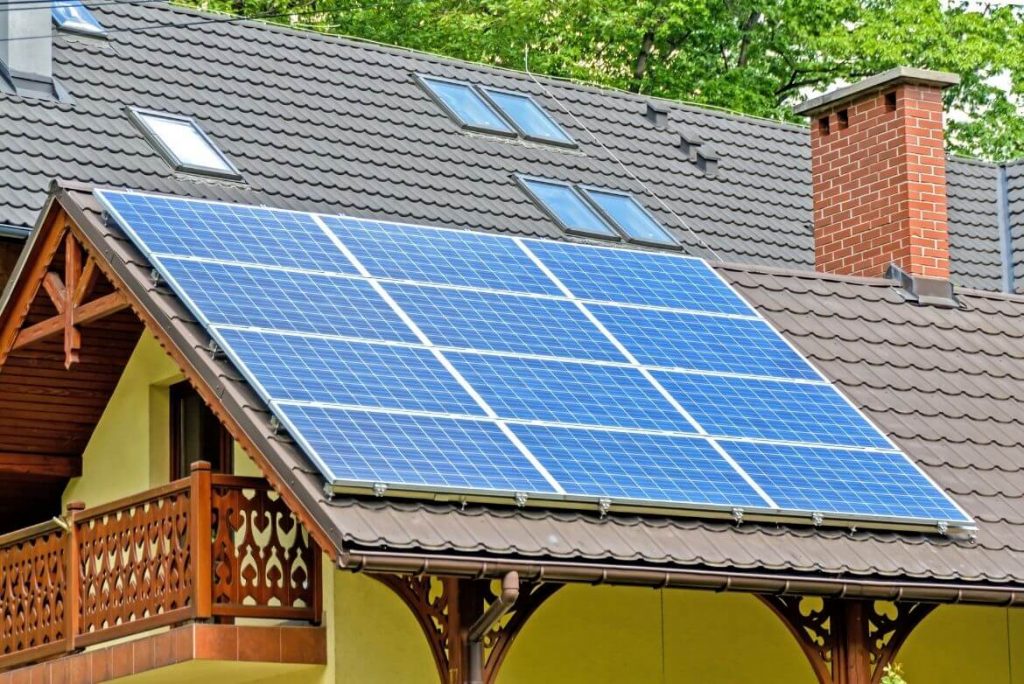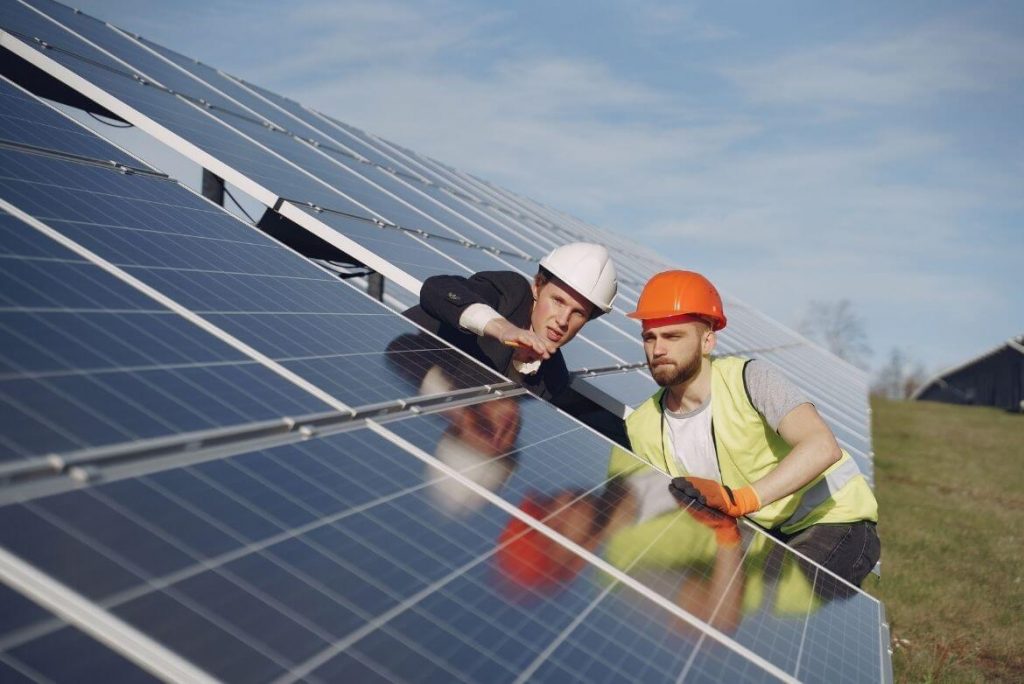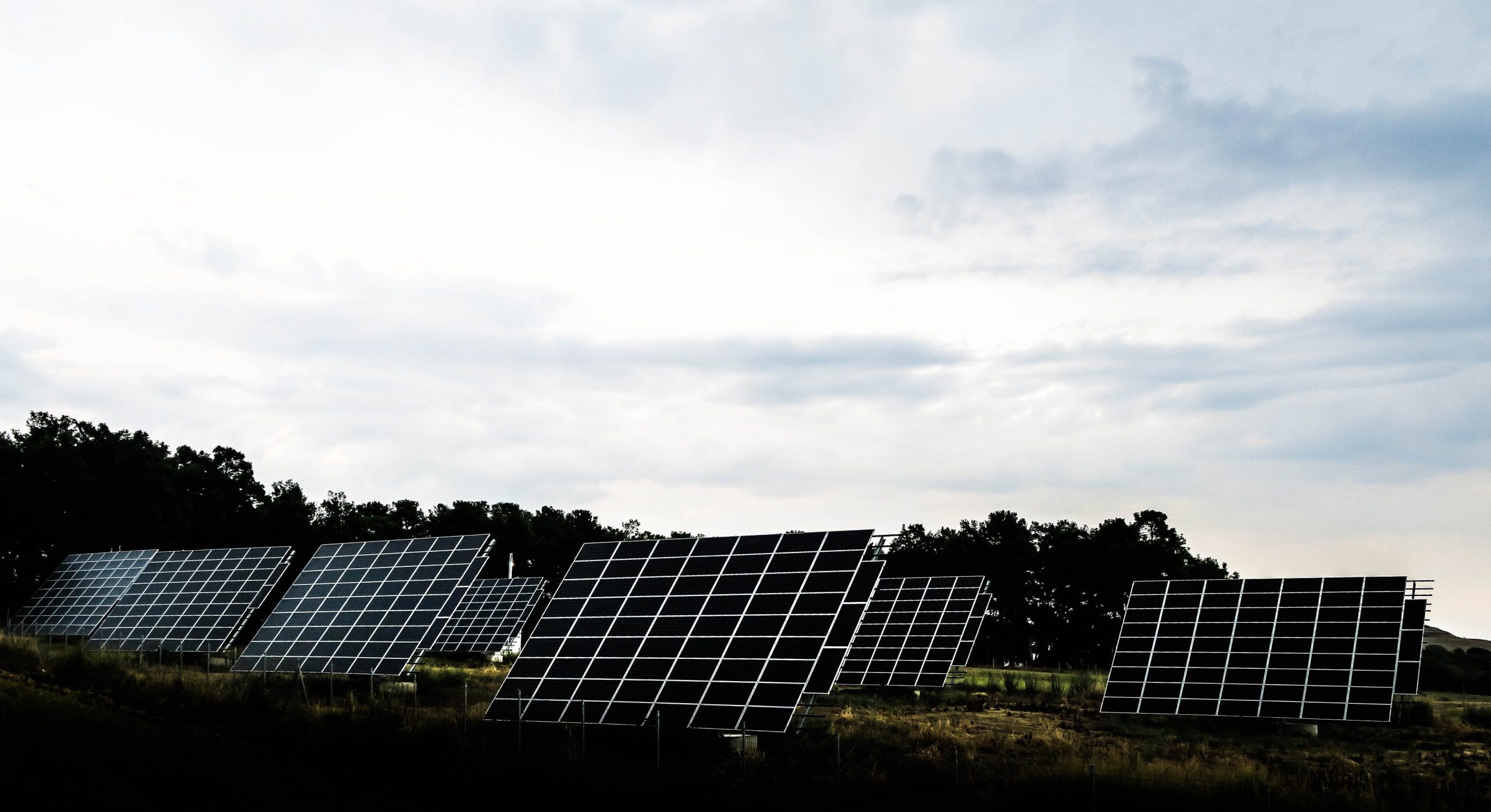Photovoltaic panels come in three types: monocrystalline, polycrystalline, and thin-film. This article will present the main characteristics of polycrystalline photovoltaic panels and thin-film panels.
Polycrystalline Photovoltaic Panels
Polycrystalline photovoltaic panels are made from melted silicon fragments, giving them a mosaic-like appearance. These panels have a square shape and a blue color. Due to being made from multiple silicon crystals, polycrystalline panels do not allow for a significant movement of electrons within each cell.

Characteristics of polycrystalline panels
- In the production of polycrystalline panels, not much raw material is used up. Crystals do not require individual placement and polishing;
- The maximum temperature supported is 85℃, while the minimum temperature is -40℃;
- They have a lower efficiency at high temperatures compared to monocrystalline panels;
- Installation of polycrystalline panels is cheap and simple.
Advantages and disadvantages of polycrystalline photovoltaic panels
Advantages:
- The price of polycrystalline solar panels is lower than monocrystalline ones. They are easier to make, using multiple silicon crystals;
- It does not involve exhaustion of raw material;
- Can be used with batteries;
- The manufacturing process requires very little fossil fuel.
Disadvantages:
- Lower efficiency compared to monocrystalline panels, resulting from the lack of pure silicon;
- Covers a larger area than monocrystalline panels;
- They may have a shorter lifespan;
- It deteriorates easily at high temperatures.
Thin film photovoltaic panels
Thin film photovoltaic panels have lower efficiency and capacity to produce electricity than monocrystalline and polycrystalline.

Characteristics of thin-layer panels
- The efficiency of converting solar energy into electricity is about 11%;
- Both their price and installation are cheaper than the other two types of panels. Thin layer panels weigh much less and are easier to handle;
- Most thin-film solar panels are often made from cadmium telluride, amorphous silicon, and copper selenide, each of which has a unique manufacturing process.
Conclusion
So now we know what are the main differences between polycrystalline and thin film photovoltaic panels. If you still don’t know which of these panels are more suitable for your home, our experts are at your disposal for any questions you may have.
